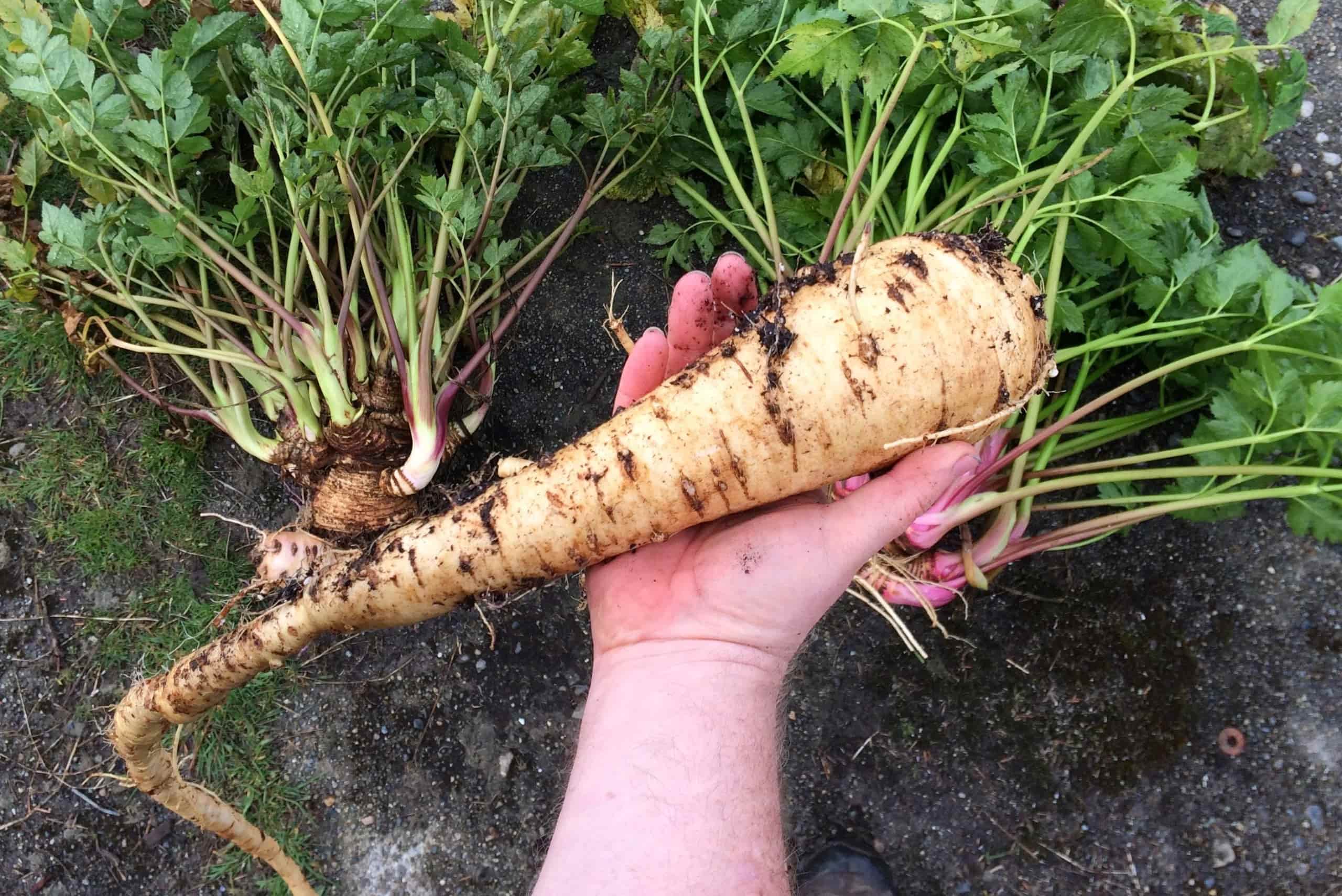
Arracacha, also known as Peruvian parsnip, is a root vegetable that might not be on everyone's radar, but it should be! This starchy tuber, native to the Andes, packs a punch in both flavor and nutrition. Why should you care about arracacha? For starters, it's a versatile ingredient that can be used in soups, stews, and even mashed like potatoes. Plus, it's rich in vitamins and minerals, making it a healthy addition to any meal. Whether you're a foodie looking to try something new or just someone interested in expanding your culinary horizons, arracacha offers a unique taste experience worth exploring.
Key Takeaways:
- Arracacha, also known as Peruvian parsnip, is a nutrient-packed root vegetable with a creamy texture and slightly sweet, nutty flavor. It's versatile in the kitchen and has a rich historical significance in South American cultures.
- Thriving in cool, high-altitude climates, arracacha provides quick energy, essential vitamins, and dietary fiber. It's a vital crop for small farmers, boosting local economies and offering a unique addition to any diet.
What is Arracacha?
Arracacha, also known as Peruvian parsnip or white carrot, is a root vegetable native to the Andes. It has been a staple in South American cuisine for centuries. Let's dive into some fascinating facts about this unique vegetable.
-
Arracacha belongs to the Apiaceae family, which includes carrots, celery, and parsley.
-
The vegetable is known for its creamy texture and slightly sweet, nutty flavor.
-
It is primarily grown in countries like Peru, Colombia, Brazil, and Ecuador.
Nutritional Benefits of Arracacha
Arracacha is not just tasty; it's also packed with nutrients. Here are some of the health benefits you can gain from including it in your diet.
-
Rich in carbohydrates, it provides a quick energy boost.
-
Contains essential vitamins like vitamin C and B-complex vitamins.
-
High in dietary fiber, aiding in digestion and promoting gut health.
Culinary Uses of Arracacha
Arracacha is versatile in the kitchen. Its unique flavor and texture make it suitable for various dishes. Here are some ways it can be used.
-
Often used in soups and stews, adding a creamy consistency.
-
Can be mashed like potatoes, offering a different twist on a classic side dish.
-
Frequently turned into flour, which is used in baking and making pasta.
Growing Conditions for Arracacha
Understanding the growing conditions of arracacha can help appreciate its cultivation process. Here are some key points about its growth.
-
Thrives in cool, high-altitude climates, typically between 1,800 to 3,000 meters above sea level.
-
Requires well-drained, fertile soil rich in organic matter.
-
Takes about 10 to 12 months to mature from planting to harvest.
Historical Significance of Arracacha
Arracacha has a rich history that dates back to ancient civilizations. Here are some historical facts about this root vegetable.
-
Cultivated by the Incas, who valued it for its nutritional benefits.
-
Often used in traditional Andean ceremonies and rituals.
-
Played a crucial role in the diet of pre-Columbian societies.
Varieties of Arracacha
There are several varieties of arracacha, each with its unique characteristics. Here are some of the most common types.
-
The white variety is the most popular and widely consumed.
-
Yellow arracacha has a slightly stronger flavor and is less common.
-
Purple arracacha is rare and prized for its vibrant color and unique taste.
Economic Importance of Arracacha
Arracacha is not just a culinary delight; it also holds economic significance in the regions where it is grown. Here are some economic facts.
-
A vital crop for small farmers in the Andes, providing a stable income.
-
Increasingly exported to international markets, boosting local economies.
Arracacha is a fascinating root vegetable with a rich history, diverse culinary uses, and significant nutritional benefits. Its unique flavor and versatility make it a valuable addition to any diet.
Arracacha's Unique Charm
Arracacha, a root vegetable from South America, packs a punch with its nutritional benefits and culinary versatility. Rich in vitamins and minerals, it supports overall health while adding a unique flavor to dishes. Whether mashed, roasted, or used in soups, arracacha offers a delightful twist to everyday meals.
Its history and cultural significance make it more than just food; it's a part of traditions and heritage. Farmers appreciate its hardiness and yield, making it a sustainable choice for agriculture.
Exploring arracacha can open up new culinary adventures and health benefits. So next time you're at a market, give this versatile root a try. You might just find a new favorite ingredient that brings both taste and nutrition to your table.
Frequently Asked Questions
Was this page helpful?
Our commitment to delivering trustworthy and engaging content is at the heart of what we do. Each fact on our site is contributed by real users like you, bringing a wealth of diverse insights and information. To ensure the highest standards of accuracy and reliability, our dedicated editors meticulously review each submission. This process guarantees that the facts we share are not only fascinating but also credible. Trust in our commitment to quality and authenticity as you explore and learn with us.


